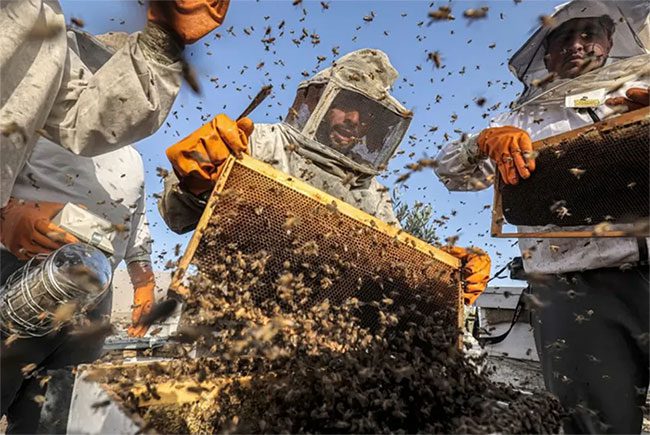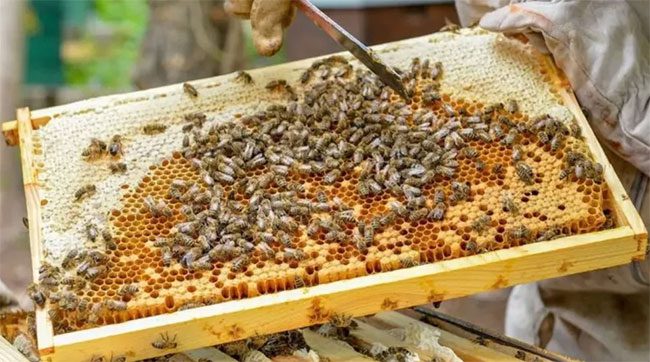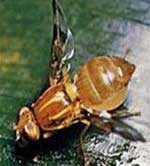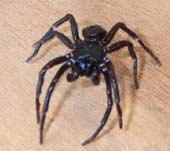A Leading Scientist Warns Global Bee Populations May Be Threatened by a Newly Discovered Virus.
Professor Dr. Robert Paxton from Martin Luther University Halle-Wittenberg (MLU) in Halle, Lower Saxony, Germany, warns that the latest variant of the Deformed Wing Virus could wipe out honeybee populations worldwide.

The Deformed Wing Virus is the biggest threat to honeybees today.
Paxton heads the Department of General Zoology at MLU. A renowned expert on honeybees and their diseases, he warns: “The Deformed Wing Virus is the biggest threat to honeybees today. Our laboratory research has shown that the new variant is highly contagious and is killing the species faster.”
An international team of researchers has analyzed virus variants over the past 20 years and found that this virus variant can cause severe damage to the wings of insects before killing them.
The new variant of the virus is transmitted through the Varroa mite and is one of the biggest threats to honeybees globally. These mites invade hives and reproduce by laying eggs in pupae.
The latest research from MLU has revealed that the new variant has replaced the old variant in Europe and is rapidly spreading to other regions. Scientists at MLU examined 3,000 different datasets to identify the affected areas due to the new variant.
Paxton explained: “Our analysis confirms that the new variant has become the dominant strain in Europe. We fear this variant will soon spread worldwide, and it’s only a matter of time.”
The new variant, known as DVW-B, was first discovered in Europe and Africa in the early years of this millennium. It began spreading in North and South America in 2010. By 2015, DVW-B had reached Asia.

Bees are the most important creatures for humans and the environment.
Paxton noted that the new variant has appeared on all continents except Australia. The zoologist explained that the inability of Varroa mites to reproduce in a wider range may be the reason.
The scientist added: “Basic hygiene measures for beehives are crucial for beekeepers when it comes to protecting bee colonies from Varroa mites.” He emphasized: “Bees are the most important creatures for humans and the environment.”
Before joining MLU, Paxton served as a lecturer and reader in Insect Ecology at Queen’s University in Belfast, Northern Ireland, from 2003 to 2010. Prior to that, he also conducted research at scientific institutions in Wales, Sweden, and Mexico.
Honeybees are social insects with a high level of organization. They are responsible for pollinating flowers and producing honey that humans use daily.
Only eight species of honeybees are currently recognized, with a total of up to 43 subspecies. However, honeybees represent only a small fraction of the approximately 20,000 known species of bees.
The most well-known honeybee species is the Western honeybee (Apis mellifera), which has been domesticated for honey production and crop pollination. The only other domesticated species is the Eastern honeybee (Apis cerana), found in South Asia.





















































